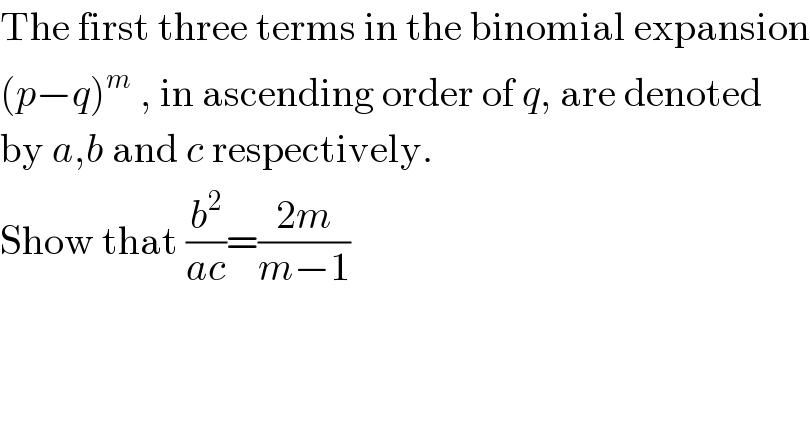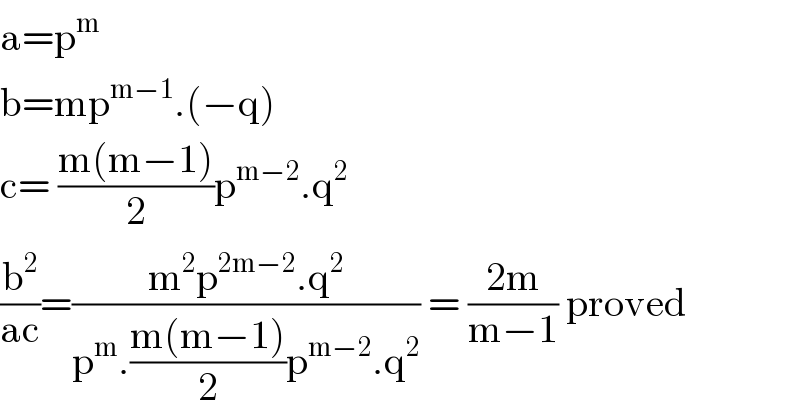
Question and Answers Forum
Question Number 118759 by ZiYangLee last updated on 19/Oct/20

Commented by PRITHWISH SEN 2 last updated on 19/Oct/20

Commented by ZiYangLee last updated on 19/Oct/20

Commented by PRITHWISH SEN 2 last updated on 19/Oct/20

Commented by ZiYangLee last updated on 22/Oct/20

